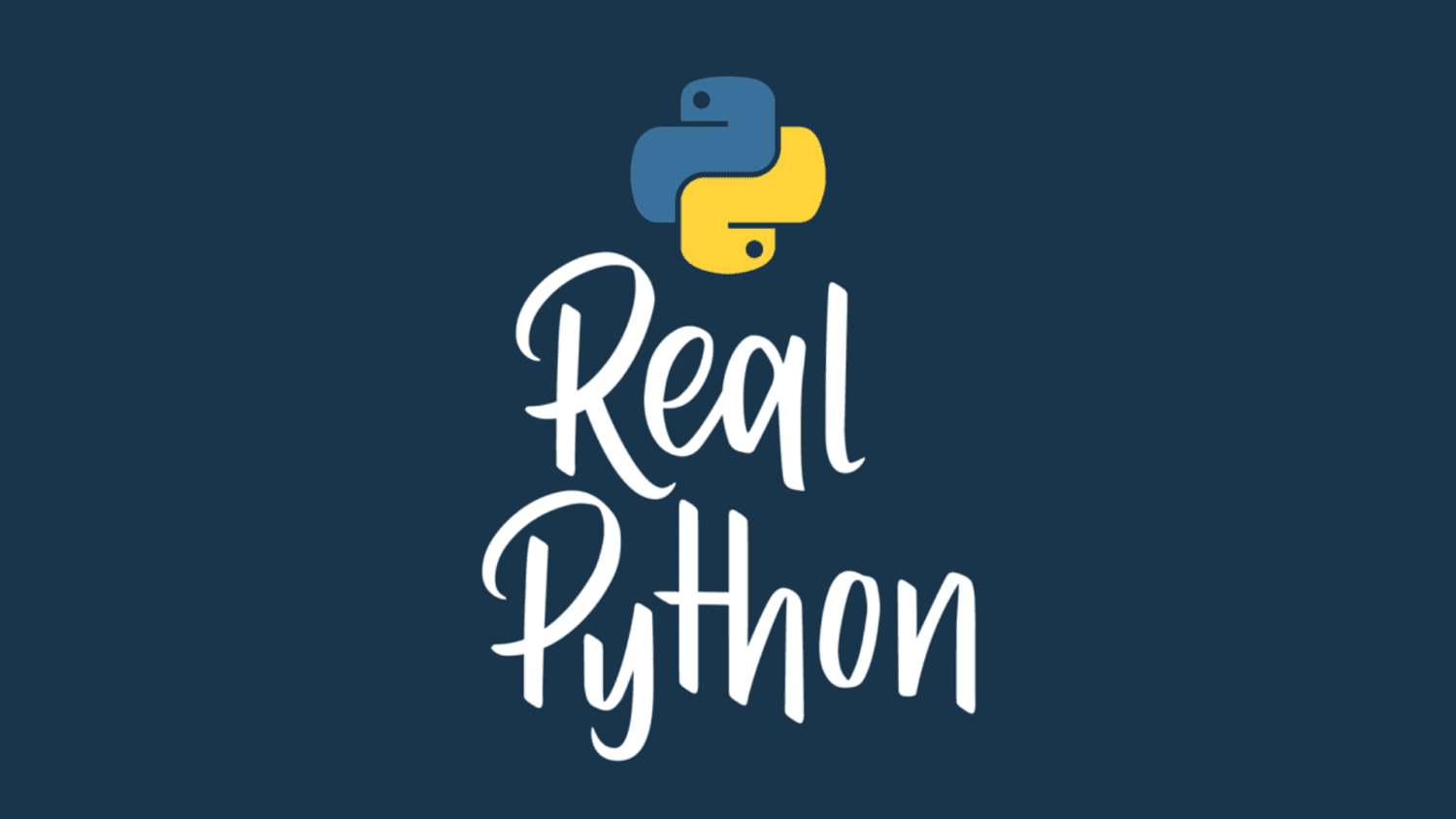
Inheritance and Internals: Object-Oriented Programming in Python
Python includes mechanisms for writing object-oriented code where the
data and operations on that data are structured together. The class keyword
is how you create these structures in Python. The definition of a class can be
based on other classes, allowing the creation of hierarchical structures and
promoting code reuse. This mechanism is known as inheritance.
In this course, you’ll learn about:
- Basic class inheritance
- Multi-level inheritance, or classes that inherit from classes
- Classes that inherit directly from more than one class, or multiple inheritance
- Special methods that you can use when writing classes
- Abstract base classes for classes that you don’t want to fully implement yet
This course is the second in a three-part series. Part one is an introduction
to class syntax, teaching you how to write a class and use its attributes and
methods. Part three dives deeper into the philosophy behind writing good
object-oriented code.
[ Improve Your Python With 🐍 Python Tricks 💌 – Get a short & sweet Python Trick delivered to your inbox every couple of days. >> Click here to learn more and see examples ]




